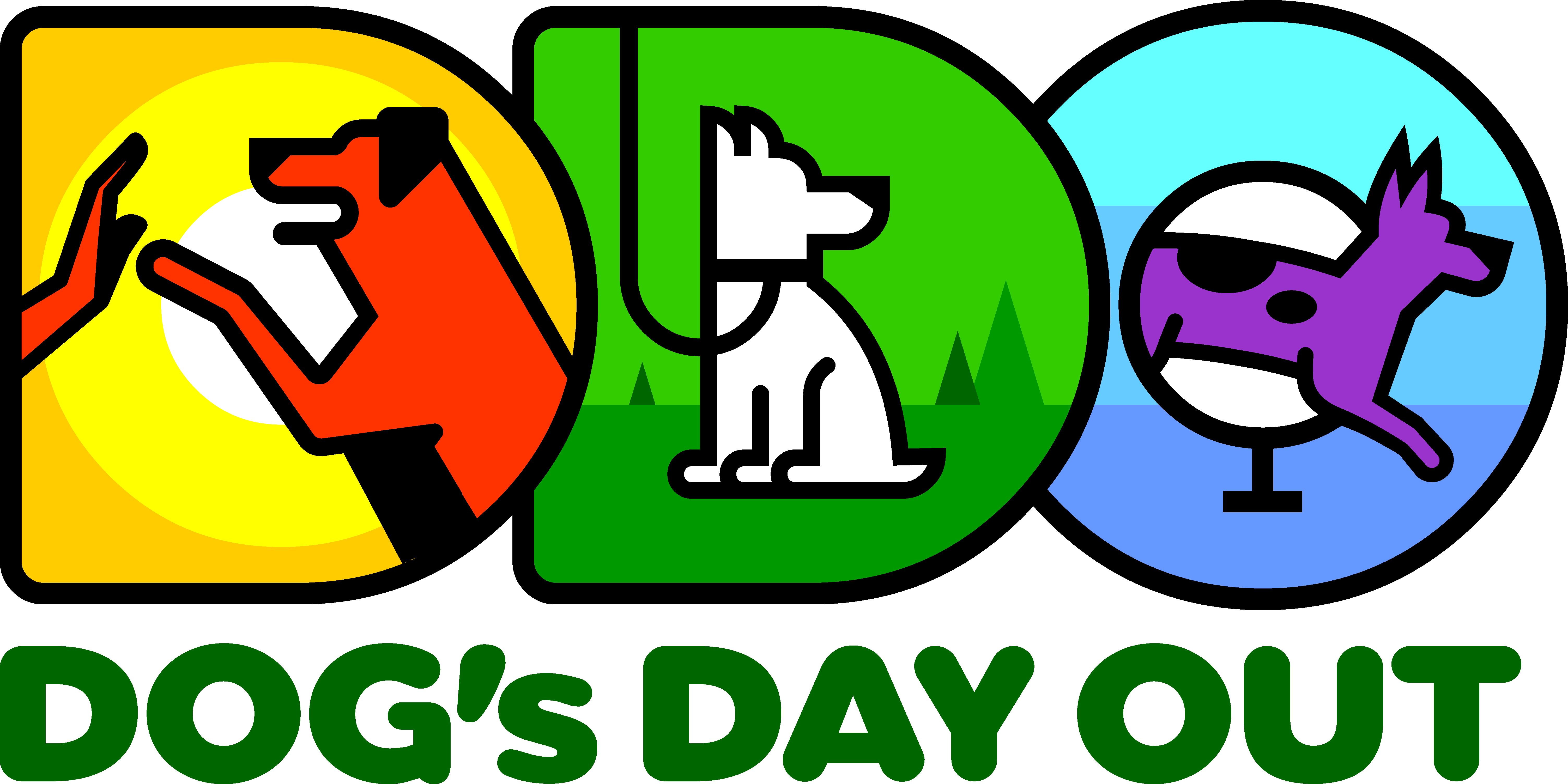“Stationary Cues” are cues in which you are controlling the placing and specific body position of your dog. These consist of SIT, DOWN, STAY and WAIT. Granted, these are not very sexy or exciting cues but if your dog really knew just these four cues, you would actually have a “well trained” dog. Definitely, do some fun stuff too but don’t forget these boring basics.
Note: when giving these cues the dog will learn that he is supposed to hold the position until you give him the RELEASE word (use any word you want… “ok”, “release”, “all done” just be consistent).
Bonus: If your dog knows the release cue (“ok”) you actually never need to teach STAY because inherent in the cues SIT or DOWN would be, stay in that position until I give you the release cue – OK!
SIT Lure your dog into a sit position by holding a treat up and back over his head.* He will look up and back resulting in his rear end hitting the floor.
DOWN Lure your dog into a down by drawing the treat from his nose down to the floor then out (towards you) in front of him.*
WAIT is simply not allowing your dog to move forward. It is different than STAY in that we do not care what position the dog is in (standing, sitting, lying down), we just do not want him to proceed forward. As with “sit” and “down” your dog should wait until you release him with the release word “ok”.
I find WAIT to be an extremely helpful cue that is used multiple times in a day. WAIT can prevent your dog from bolting through doorways, jumping out of the car, getting too far away on a trail and much more. Practice WAIT before going through any doorway or in or out of the car.
I generally do NOT use a marker/clicker for WAIT because I do not use a treat as the reward. Instead, the reward is the dog gets to move forward, through the door etc. If you are not treating you do not want to use a marker. The simple sequence is:
“WAIT”- open door and say OK simultaneously then
“WAIT” – open the door a crack – OK then
“WAIT” – open door more – OK… until you can open the door fully without your dog going through it until you say OK!
With the SIT and DOWN cues be sure to MARK (click or “yes”) the position and REWARD. Once they are easily lured into the position take away the lure and use a hand signal only (MARK & REWARD). Finally, you can add the verbal cue in front of the behavior. The sequence looks like this:
“SIT” – HAND SIGNAL – MARK (click or “yes”) – REWARD – OK (release)
As you consistently get the behavior from your dog you will start varying your reinforcement meaning, not treating every time. Mix him up, make it random!
Remember though, when you try these behaviors in new environments with more or different distractions you may need to back up by returning to a lure (no more than 3-5 times) or reinforcing more frequently.
*Don’t forget to “lose the lure” once your dog can hit the position.
See VIDEOS on SIT & DOWN , WAIT and STAY on our YouTube Channel.
